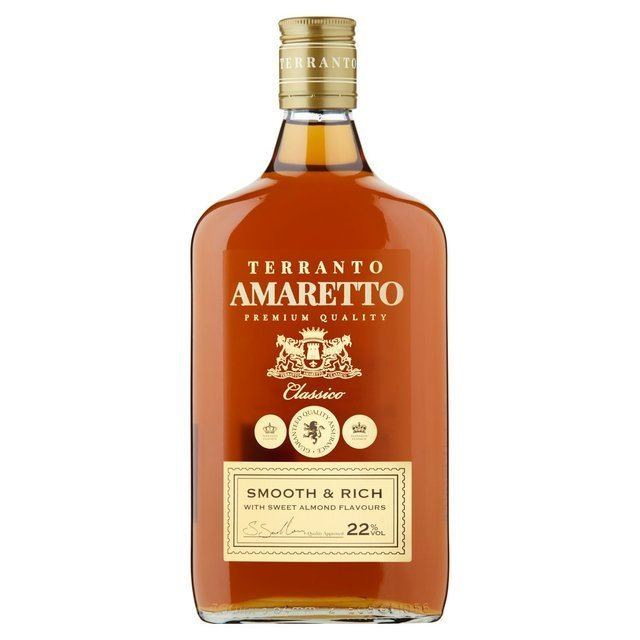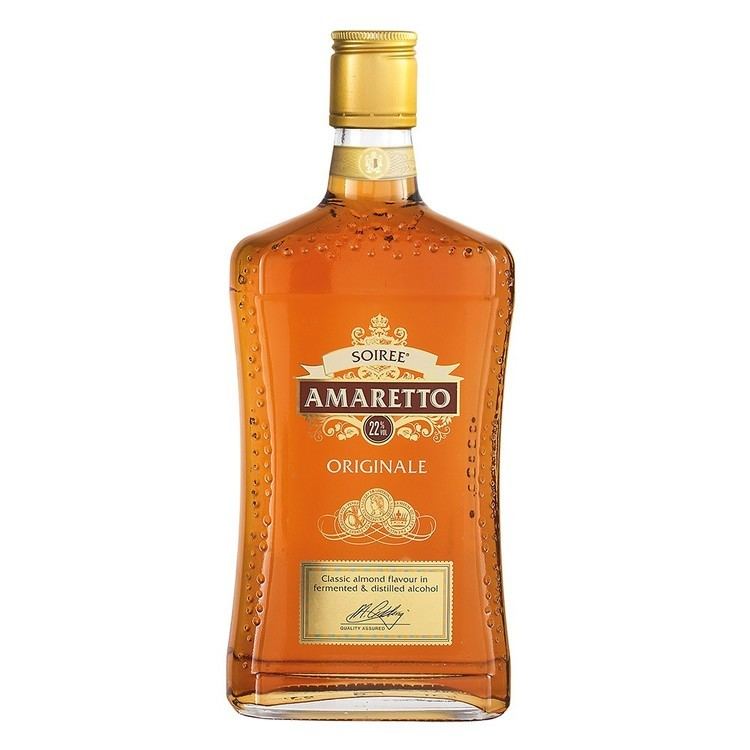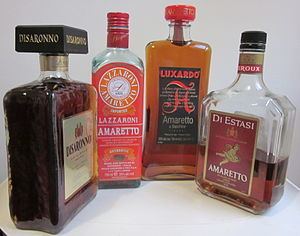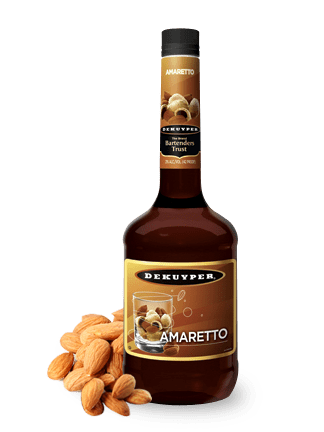 | ||
Similar | ||
How to make amaretto liqueur recipes of homemade liqueur
Amaretto (Italian for "a little bitter") is a sweet, almond-flavoured, Italian liqueur associated with Saronno, Italy. Various commercial brands are made from a base of apricot pits, almonds, or both.
Contents
- How to make amaretto liqueur recipes of homemade liqueur
- Disaronno amaretto review does it deserve the hype
- Etymology
- Legend
- Disaronno Originale
- Lazzaroni Amaretto
- Other brands
- Usage
- Cooking
- Beverages
- Ice cream
- References

Amaretto serves a variety of culinary uses, can be drunk by itself, and is added to other beverages to create several popular mixed drinks, as well as to coffee.

Disaronno amaretto review does it deserve the hype
Etymology

The name amaretto originated as a diminutive of the Italian word amaro, meaning "bitter", which references the distinctive flavour lent by the mandorla amara (the bitter almond) or by the drupe kernel. However, the bitterness is not unpalatable, and sweeteners—and sometimes sweet almonds—enhance the flavour in the final products. Thus one can interpret the liqueur's name as a description of the taste as "a little bitter".
Conflation of amaro ("bitter") and amore ("love") has led to associations with romance.

One should not confuse amaretto with amaro, a different family of Italian liqueurs that, while also sweetened, have a stronger bitter flavour deriving from herbs.
Legend

Despite the known history on the introduction and acceptance of almonds into Italian cuisine, newer takes on the meanings and origins have been popularized by the two major brands. Though of sometimes questionable factuality, these tales hold a sentimental place in Saronno culture:

Disaronno Originale
Disaronno Originale (28% abv) has a characteristic bittersweet almond taste (although it contains no almonds or nuts) and is known for its distinctive appearance. Disaronno has been in commercial production since about 1900. It claims its "originale" amaretto's "secret formula" is unchanged from 1525, and claims the Luini tale as its own particular history. Its production remains in Saronno, but the product is sold worldwide.
The company describes its amaretto as an infusion of "apricot kernel oil" with "absolute alcohol, burnt sugar, and the pure essence of seventeen selected herbs and fruits". The amber liqueur is presented in a rectangular glass decanter designed by a craftsman from Murano.
The product was originally named "Amaretto di Saronno Originale" (Original Amaretto from Saronno). It subsequently changed to "Amaretto Disaronno", transforming the origin of the product into a more distinctive brand name. Finally, it changed once more to "Disaronno Originale"; it has not marketed itself as an "amaretto" since 2001.
According to the Disaronno website, their amaretto contains no almonds, and is nut-free. Therefore, it is safe for people with nut or related allergies.
Lazzaroni Amaretto
Lazzaroni Amaretto (24% abv), produced by Paolo Lazzaroni & Figli S.p.A., also presents itself as the first such liqueur. It is based on an infusion of Amaretti di Saronno (macaroons), a process which imparts a "delicate almond/apricot flavour". Lazzaroni claim the tale of the young couple blessed by the bishop as the origin of their generations-guarded family recipe, dating it to 1718; the amaretto has been in production since 1851.
Other brands
Many distillers produce their own brand of amaretto. Among them are Bols, DeKuyper, Hiram Walker, Luxardo, Mr. Boston, Paramount, and Phillips.
Usage
Amaretto serves a variety of culinary uses.
Cooking
Beverages
Amaretto may be served neat (by itself) or on ice. It is often added to other beverages to create several popular mixed drinks. It is also a popular choice of liqueur to add to coffee in the morning.
The following cocktails highlight Amaretto liqueur as a primary ingredient.
Ice cream
Amaretto can be added to ice cream.
